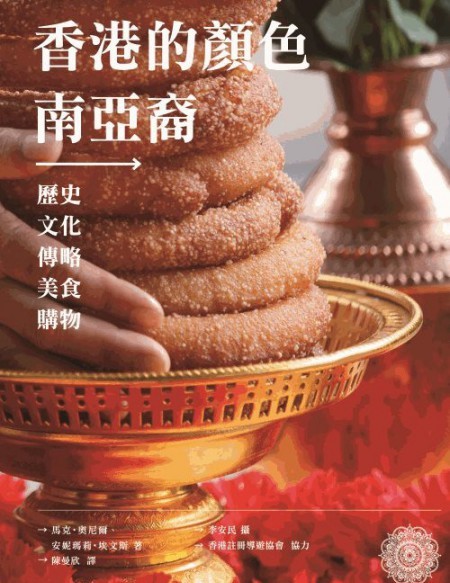How South Asians helped to make Hong Kong
香港的顔色南亞裔

When a visitor arrives for the first time in Hong Kong, it is clear this is a Chinese city, but with a Western overlay. The faces are mostly Chinese, the conversations are likely in the unfamiliar tones of the Cantonese dialect and Chinese characters abound. But English is also seen and heard. But this is not the whole story. Hong Kong is a city not only of Chinese and British but of many nationalities.South Asians from India, Pakistan, Nepal, Bangladesh and Sri Lanka were some 80,000 in Hong Kong. They were soldiers and merchants – soldiers from the regiments of the British Indian Army and merchants who were Parsees from Western India. For the next 100 years, Indians played an essential role in the development and security of the colony. They ran international trading firms that shipped Chinese tea, silk, porcelain and spices to India and the West in exchange for opium, cotton, garments and other goods. They sold diamonds and jewellery.South Asians brought with them their languages, religion, sports, customs, festivals and food. These have been preserved here until today. They built temples, mosques and other places of worship. Their sports and recreation clubs gave them a place to play cricket and hockey and the restaurants they opened offered a dazzling array of culinary styles and dishes – from curries and halal meat to vegan and vegetarian fare. Illustrated with around 200 photographs.

來自印度、巴基斯坦、尼泊爾、孟加拉和斯里蘭卡的南亞裔,人數達8萬,他們是軍人和商人,軍人隸屬英屬印度軍,商人則是來自西印度的巴斯人(Parsees)。接下來的一百年,印度人對殖民地的發展和保衛發揮了重要作用:另一些則經營國際貿易,將中國的茶、絲、瓷器和香料運往印度和西方,交換鴉片、棉花、服飾和其他商品;當中還有從事鑽石珠寶銷售。南亞人帶來了自己的語言、宗教、運動、習俗、節慶和食物,並保留至今。他們建造寺廟、清真寺和其他敬拜場所;建造運動和娛樂休閒會所打板球和曲棍球;開設美食紛陳的餐館,為茹素者和回教徒提供素食、清真肉類和種類眾多的咖喱。他們的多樣性令這個城市變得更豐富,而不是隔閡。本書旨在介紹香港南亞人的歷史、宗教、傳統、習俗和經歷。書裏描述了他們售賣的商品和提供的食物。我們希望這本書能給讀者──香港居民和遊客──一些啟發,開闊視野,去看看並親身體會他們周遭豐富的多元文化。這座城市屬於來自不同多元背景的人們。